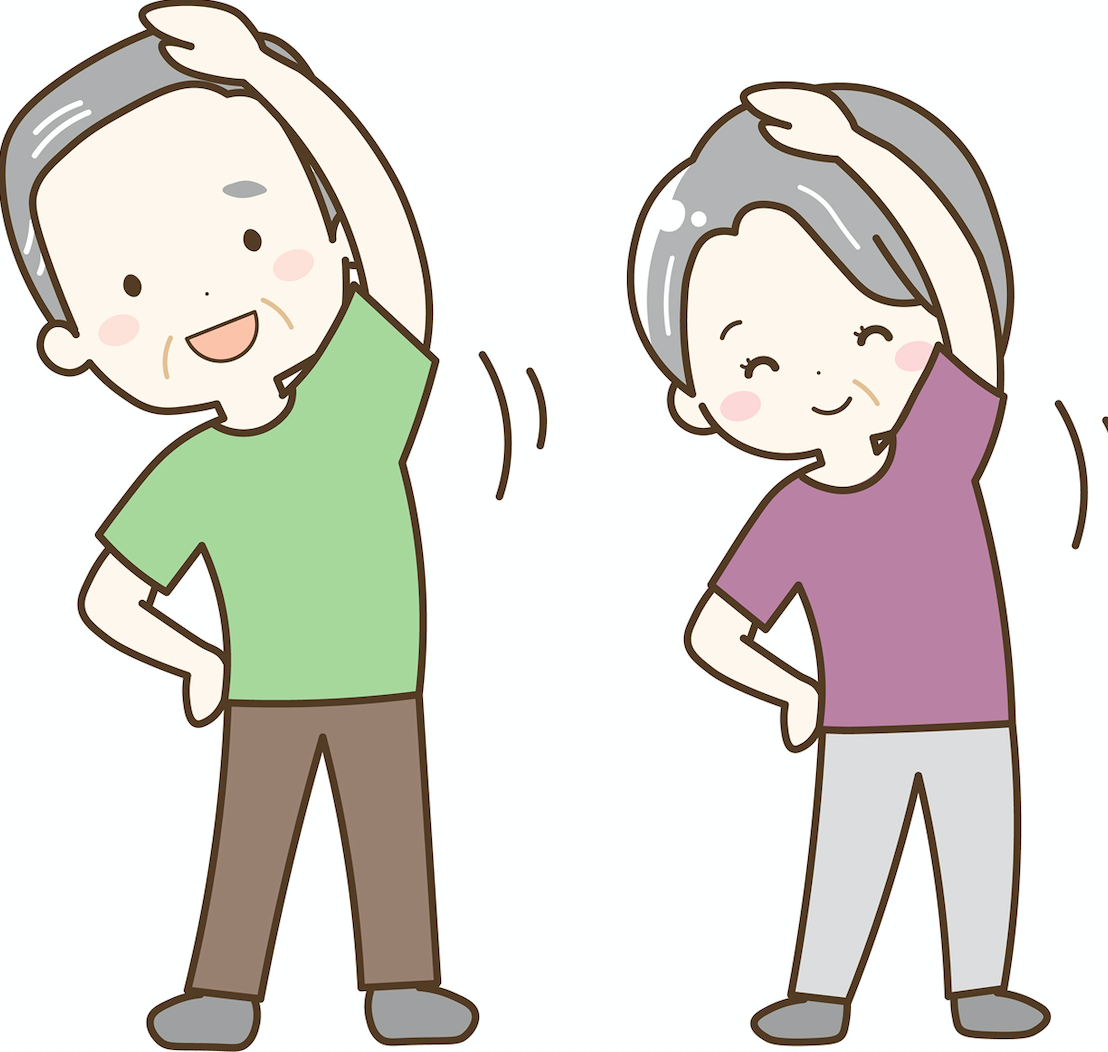
Is “Senolysis” the New Antidote to Ageing?
We see elderly people everywhere in Japan these days. Almost 30 percent of the Japanese population is now over 65 years old. On Awaji Island, this percentage has already surpassed 30 percent to become the highest in all of Hyogo Prefecture’s 5 independent areas. Recently however, the physical activity of 70 year-olds has been found to be similar to that of 60 year-olds from previous generations. Such physical improvement may mean that we work longer than before, as soon, the retirement age will likely start from age 70. On the other hand, our lives after retirement may also become more enjoyable. Towards this goal, we have to overcome the inevitable physical difficulties that accompany aging, including aches in our legs and hands, high blood pressure, weaker heart beats, and a host of other ailments.
Current advancements in Medicine and Molecular Biology deserve special attention regarding this serious issue, and provide clues towards a possible solution, namely, a treatment called Senolysis, now available at some medical clinics in Japan. Let’s see what Senolysis is as explained in a science paper in the journal “Nature” (J.U.G. Wagner et al. Aging impairs the neurovascular interface in the heart. Nature (2023) 381, p897-906). In this and other papers (To stay young, kill zombies, Megan Scudellari, Nature (2017) 550, p448-491), one of the causes of physical disorders associated with aging may be “Zombie cells” which accumulate as we age and excrete special factors that lead to inflammation in our body. Before looking at Senolysis, we first need to know what these “Zombie cells” are.
Cells in our body divide to make new cells but stop division after a certain number of cycles. These old cells are called senescent cells and destroy themselves through a special process programmed into our genome known as Apoptosis. The debris of dead post-apoptosis cells are eventually consumed by a type of white blood cell. However, a spontaneously occurring mutation has been found in the gene of some senescent cells that stops Apoptosis. This mutation keeps cells alive, creating so called “Zombie cells” (dysfunctional senescent cells). From Zombie cells, several factors are excreted, named SASP (Senescence associated secretory phenotype), including cytokines that cause an accumulation of white bloods cells. These cells kill the Zombie cells but also hurt other healthy cells around the Zombie cells, which causes inflammation.

Fig. Image fo Apoptosis; Healthy cell (most right), aged cell ( third image), autolysis by apoptosis ( second image from the most left), Phagocytosis by white blood cell (most right image).

Fig. Damage in DNA stops DNA replication in senescent cells, leading to apoptotic cell death or carcinogenesis. A mutation in senescent cell create zombie cells. Zombie cell image (most right) excreting several factors (SASP).
One of the typical examples of such inflammation is osteoarthritis. For older people, past exertions of articular cartilage and synovium cause senescent cells to accumulate and create Zombie cells (dysfunctional senescent cells) and the accompanying local inflammation by SASP. Another example is arteriosclerosis caused by senescent epidermal cells of aging blood vessels. In this case, the dysfunctional senescent cells possibly cause inflammation on the surface of blood vessels by SASP. J.U.G Wagner et al. recently reported that neurons connected to heart function decrease in function after aging. Because this connection is essential for a healthy heartbeat, senescence leads to retardation of heart function. This is also caused by SASP by the Zombie cells and a decrease triggered by semaforin in hormonal control of the neurons attached to the heart.
If such Zombie cells could be removed, the weakening of bodily functions associated with aging could be delayed or stopped with a consequent extension of lifespans. Such trials are now being conducted known as “Senolysis”. As described above, Zombie cells are created by a mutation in the Apoptotic mechanism. Based on several lines of study, we now know that this mutation also takes place during the replication of cancer cells as well, leading to the uncontrolled cancer cell division. Fortunately, drugs to recover the apoptosis mechanism in cancer cells have been developed causing the cancer cells to self-destruct. These types of drugs are now also found to be applicable for Zombie cells (Senolytic therapies for healthy longevity, J. M. van Deursen, Science (2019) 364, p636). Therefore, this type of treatment is useful for Senolysis. In the experiment by J.G.U.Wagner, they found that administration of the drug for Senolysis effectively increased the number of nerve cells attached to the heart, leading to a partial recovery of a healthy heartbeat. J. Aguado et al. also reported that senolytic therapy can delay neurodegeneration (Senolytic therapy alleviates physiological human brain aging and COVID-19 neuropathology, Nature Aging (2023) 3, p1561-1575).
A research group from Osaka University has reported on another new type of drug for Senolysis (Senolysis by glutaminolysis inhibition ameliorate various age associated disorders, Y. Johmura et al. Science (2012) 371, 265-270). They found that in senescent cells, internal pH becomes more acidic than that of normal cells which induces an enzyme, glutaminase. This enzyme produces ammonium by breaking down glutamine and neutralizing acidity inside the cells. If it became possible to stop this glutaminase function, the senescent cell would perish, resulting in a recovery of apoptosis in the Zombie cells, and their eventual death.
In the future, drugs for Senolysis might be able to cure age-related disorders and extend life spans. For those who prefer not to use such treatments, the traditional ways recommended by doctors are still meaningful; keep exercising and maintain a healthy diet.
